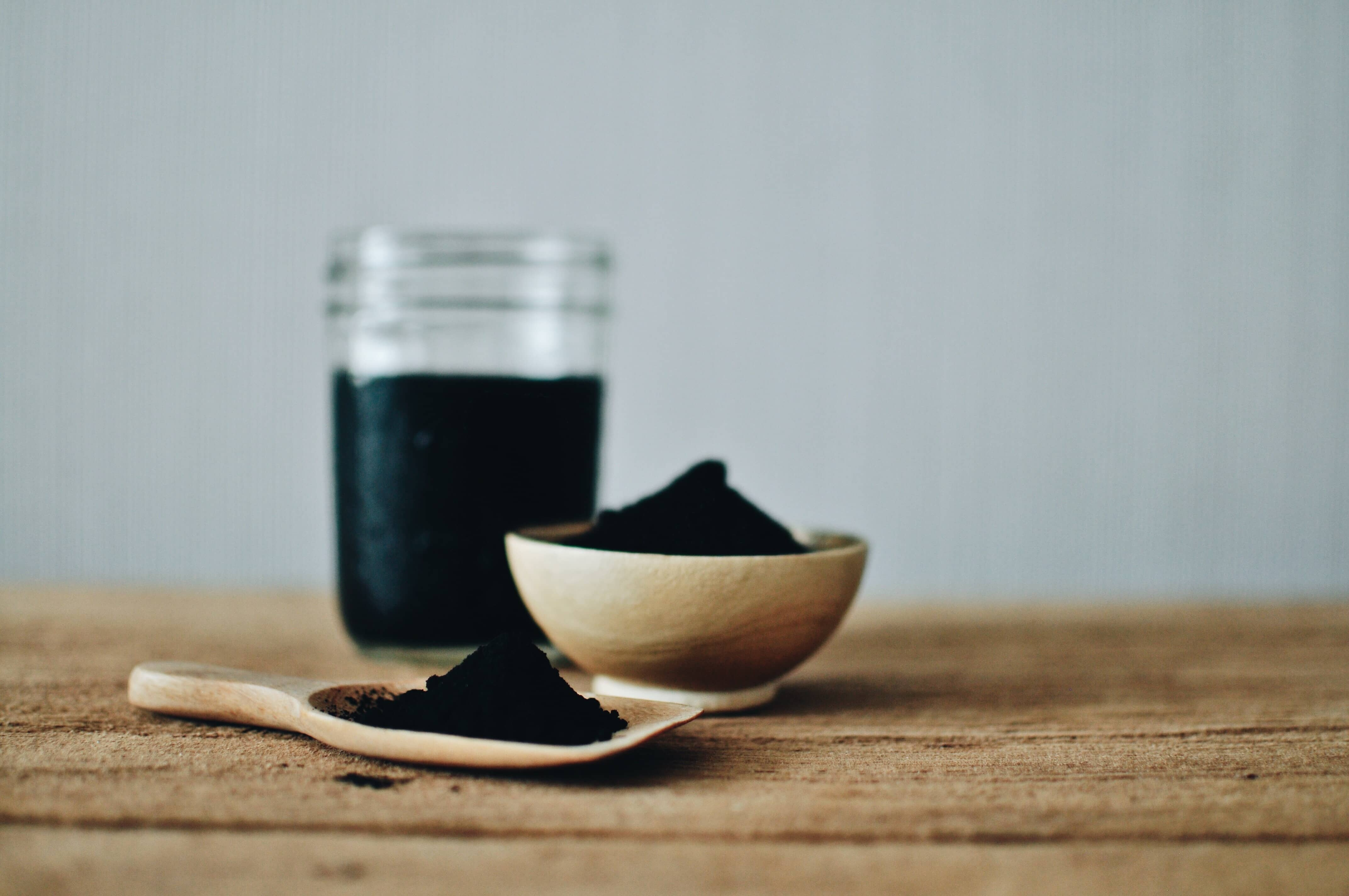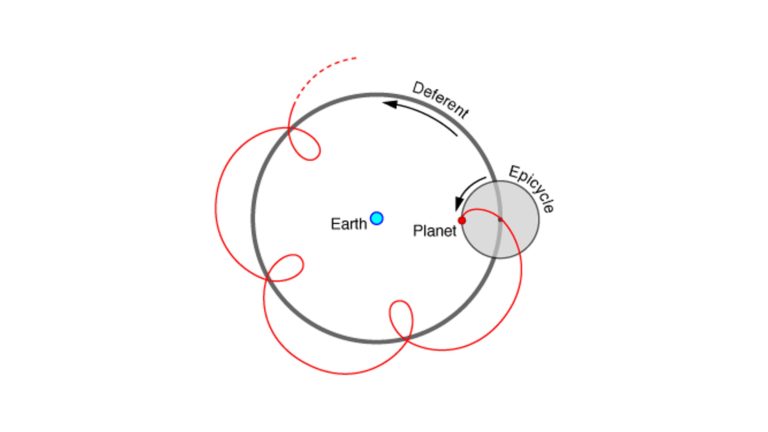


By Julia Chiappetta
I recently implemented my end-of-year cleanse and detox program which includes activated charcoal. A cleanse always seems to improve my digestion, rid my body of any heavy metals sticking around, brings brain clarity, energy and an overall feeling of lightness and healing.
Activated charcoal has been used for health and wellness since 1500 B.C, when it was first recorded to be used for medicinal purposes. It was used then to absorb unpleasant odors from wounds and to soothe the intestinal tract. Hippocrates (circa 400 B.C.) and Pliny (50 A.D.) recorded the use of charcoal for treating a wide range of complaints, including epilepsy, anemia and vertigo
According to the Environmental Working Group, here are some uses for activated charcoal:
• Heavy Metal Detoxification: This is by far the most common use for activated charcoal today, and rightly so. In 2005, a study spearheaded in part by the Environmental Working Group found “an average of 200 industrial chemicals and pollutants in umbilical cord blood from 10 babies born in August and September of 2004 in U.S. hospitals. Tests revealed a total of 287 chemicals in the group. The umbilical cord blood of these 10 children, collected by the Red Cross after the cord was cut, harbored pesticides, consumer product ingredients, and wastes from burning coal, gasoline, and garbage.” The scary fact is that no matter how clean your diet and lifestyle may be, we all have various toxins within us, simply due to environmental factors, such as pollutants in our air, water and soil. Activated charcoal has been known to remove such heavy metals as mercury, copper, arsenic and lead.
• Intestinal Health: Intestinal health is important not only for the process of digestion but also because the majority (60 to 80%) of your immune system cells live in your gut. In the intestines, charcoal works through a process of adsorption. Adsorption has to do with the electrical attraction of toxins to the surface area of negatively-charged particles (in this case, fine particles of activated charcoal) in the intestinal tract. Charcoal is not absorbed by the body and will eventually exit through the bowels, along with the toxic substances it has attracted to it. If you use activated charcoal for intestinal detox, you may experience very black stool. Don’t be surprised, this is normal and can actually help you discover the speed at which materials are passing through your system as a whole.
• Lowering Cholesterol: In a study conducted almost thirty year ago by the British Journal, The Lancet, patients with high cholesterol who took activated charcoal (8 gm) three times per day had a lowered LDL of 41% and a total lowered cholesterol level of 25%.
• Wound-Healing and Infection-Fighting: For thousands of years, carbon (i.e. charcoal) has been used around the surface area of wounds in order to keep infection at bay. It has also been used for accidental poisonings as well as insect and snake bites, again because of its toxin-drawing abilities.
If you decide to use activated charcoal as part of your wellness protocol, please seek the advice of your doctor and obtain a quality source in capsule or powder form, made with fine-grain woods, with coconut wood being the most preferred. I like Schizandu Organic Coconut Activated Charcoal.
In closing, please don’t forget your daily dose of nutrients from a yummy, organic green juice and take time to enjoy the splendor in the twinkling white, red and green lights beckoning Christmastime and the birth of the Baby Jesus. As we look to 2020, let’s be people with gumption, to love unconditionally, engage in tender acts of kindness and give generously within our community and beyond.
Happy Christmas to all of you!
References
1. ^ Jump up to: a b c d e f “Charcoal, Activated”. The American Society of Health-System Pharmacists. Archived from the original on 21 December 2016. Retrieved 8 December 2016.
2. ^ Jump up to: a b c WHO Model Formulary 2008 (PDF). World Health Organization. 2009. p. 57. ISBN 9789241547659. Archived (PDF) from the original on 13 December 2016. Retrieved 8 December 2016.




